Worried about the health hazards of using non-stick cooking spray?
Then you need to check out these 5 non-stick substitutes that do more than just replacing the store-bought cooking spray.
Not only are they healthier, but also more practical and eco-friendly.
Get ready to upgrade your cooking routine and make it healthier for “you” without compromising on taste.
What is Non-Stick Cooking Spray?

Non-Stick Cooking Spray is a convenient, easy-to-use cooking solution that helps reduce the need to add oils and butter to a recipe.
These sprayable products are formulated with various oils, added flavorings and other ingredients that can help provide a thin layer of lubrication over the surface of pans, grills and bakeware helping to prevent foods from sticking or clinging.
The products typically come in convenient containers with a spray nozzle that allows for even distribution over the entire cooking surface.
Non-stick sprays can be used for sautéing vegetables, baking cakes or preparing savory dishes.
In addition to being used as as an alternative to oils or butter when cooking with high heat, non-stick spray can also help reduce sticking during everyday use such as spatulas slipping during flipping or preventing stuck on messes in baking dishes.
For instance, using non-stick sprays when baking in cake pans helps release cakes quickly and neatly without leaving pieces of batter behind on the sides of pans.
Essentially it serves as an affordable and useful alternative to help prepare delicious meals without having to rely on special techniques and tricks for food preparation.
However it’s important to know that the products are not all created equal and some brands may contain additives such as artificial flavors, chemicals or preservatives so making sure you know what you are getting is essential to achieving desired results – whether its trying out new recipes or just quick meal preparations.
5 Best Non-Stick Cooking Spray Substitutes
Non-stick cooking spray can be a great tool for preparing several different types of dishes that require minimal oil or fat for cooking.
However, for health reasons and preferences, some cooks opt for alternatives to non-stick cooking sprays.
Here are five popular options that you can use in place of regular non-stick cooking sprays.
1 – Butter
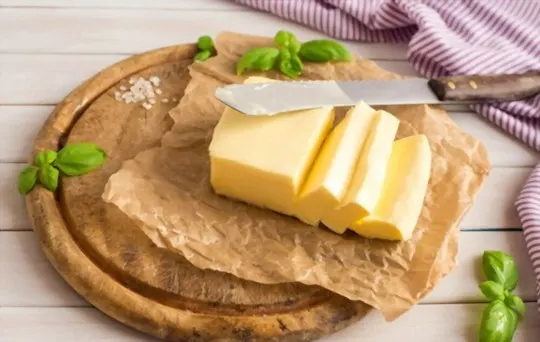
When it comes to non-stick cooking options, butter is one of the most common substitutes.
It adds a rich, delicious flavor to dishes that most non-stick options can’t achieve.
Butter also provides a great spoon-licking texture after being cooked evenly by heat distribution.
However, unlike non-stick cooking spray, butter should not be heated over medium to high temperatures as it can burn quickly due to the high amount of fat and water found in the product.
When used properly in combination with lower heat settings, butter can make for delicious meals that are full of savory flavor and texture.
2 – Lard
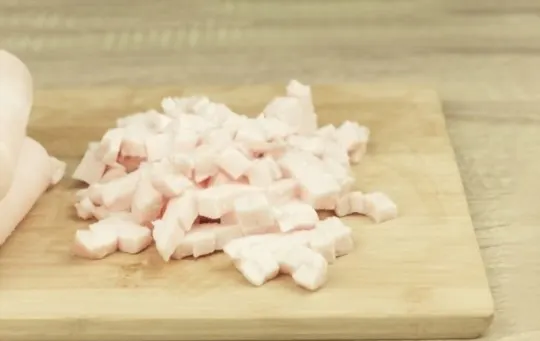
Lard is a great alternative if you need a non-stick substitute that has an incredibly long shelf life.
Not only is it incredibly effective at preventing food from sticking to your pans and cookware, but it also has a neutral flavor that won’t affect the taste of your dishes.
When using lard as a non-stick substitute, make sure that you heat the pan first before adding the lard.
This will help ensure that it fully coats the surfaces of your pan and prevents items from sticking to it.
Once heated, add just enough lard to provide some coverage and start cooking away.
3 – Olive Oil
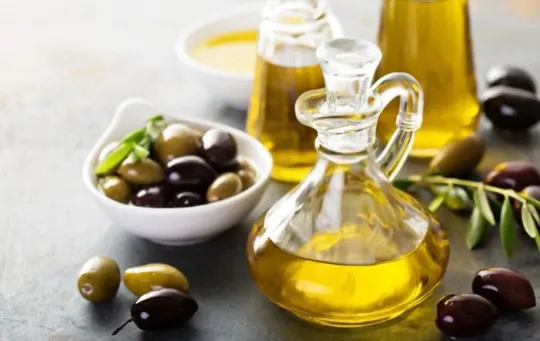
Olive oil has high levels of antioxidants and other beneficial compounds like polyphenols that can coat cookware and act as an effective non-stick barrier to prevent sticking and reduce cleanup.
To use olive oil instead of regular non-stick cooking spray, simply pour a small amount in the pan and spread it evenly over the surface with a brush or paper towel.
For best results, this should be done before adding any food to the pan.
If a little bit of olive oil is left in the pan after cooking, it can help create a protective layer which will make future clean up easier.
It is important to note that olive oil should not be used at temperatures above 400F or for deep frying as this can cause it to burn and release free radicals which are potentially harmful.
4 – Vegetable Shortening
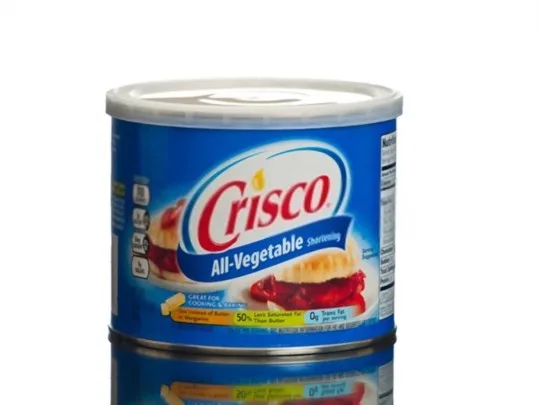
Vegetable shortening, also known as vegetable fat, is the solid, semi-solid fat made from vegetable oils, such as canola or sunflower oils.
It has a long shelf life and a high smoke point and is a popular ingredient for baking.
It can be used instead of non-stick cooking sprays, although it may not provide the same convenience.
When using vegetable shortening in place of non-stick spray, it needs to be melted down first and brushed on to the pans or baking sheets with a pastry brush or paper towel before cooking.
This will help ensure even coverage and prevent sticking.
While vegan friendly in theory, it’s worth noting that many commercially available brands contain butterfat so check labels when shopping to make sure you get an appropriate product for your needs.
5 – Coconut Oil
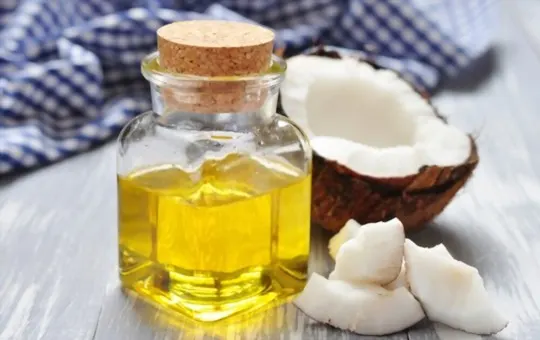
Coconut oil is a vegetable oil derived from the flesh of coconuts.
It is commonly used to give dishes a tropical flavor and is also frequently used in vegan and vegetarian cooking.
Coconut oil can withstand high heat, making it an excellent alternative to non-stick cooking sprays when cooking on the stove or in the oven.
Be sure to check that your dish won’t be affected by the tropical flavor before substituting with coconut oil.
You should also be aware that some coconut oils are hydrogenated, so be sure to read labels when purchasing.
Coconut oil can be purchased both refined and unrefined for different purposes; however, unrefined coconut oil is more suitable for higher heat cooking applications.
Conclusion
Non-stick cooking products prove to be an effective and time-saving way to cook.
However, most of these contain unhealthy and potentially dangerous chemicals that can leach into our food and possibly cause health problems down the line.
Therefore, it may be wise to switch to non-stick cooking substitutes that exist which are made with healthier compounds.
We hope this guide helped you understand more about non-stick alternatives so you can make an informed decision when it comes time to choose one.

5 Best Non-Stick Cooking Spray Substitutes
Ingredients
- 1 – Butter
- 2 – Lard
- 3 – Olive Oil
- 4 – Vegetable Shortening
- 5 – Coconut Oil
Instructions
- Choose your preferred substitute from the list of options.
- Organize all of your ingredients.
- Use the proper substitute to cook your recipes.

Carrie is a food writer and editor with more than 15 years of experience. She has worked for some of the biggest names in the food industry, including Bon Appétit, Food & Wine, and Martha Stewart Living.
As the Editor in Chief of IntroChicago.com, Carrie oversees all of the content on the site. She also manages the team of contributing writers and editors, who help to create delicious recipes, helpful tips, and informative articles that you’ll find on the site.
A native of the Chicago area, Carrie is passionate about all things food. She loves trying new restaurants and experimenting with new recipes in her kitchen. She’s also a graduate of the Culinary Institute of America, so she knows a thing or two about food!
